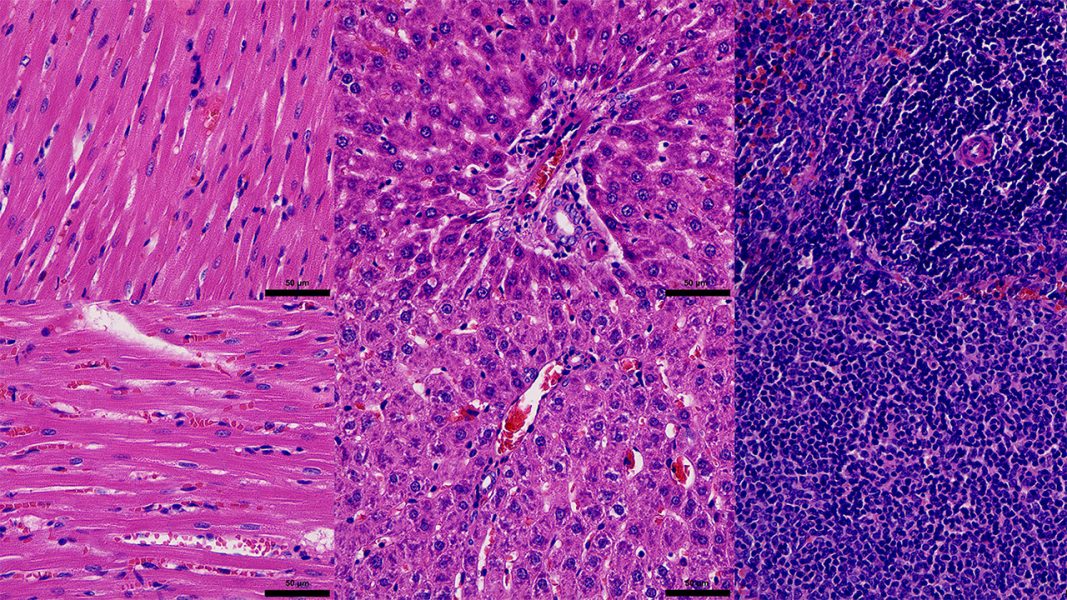Disinfection is a much-needed step to fight bacterial growth on surfaces. In medicine, surfaces with inherent disinfection capabilities could help to prevent bacterial infections.
In their paper in Small, Professor Shuilin Wu and colleagues from Hubei University and Tianjin University and co-workers from Peking University and The University of Hong Kong propose a disinfection method for titanium (Ti) surfaces using a hybrid coating of chitosan on molybdenum disulfide (CS@MoS2).
CS molecules were non-covalently bonded to the surface of MoS2 sheets, and a nanodispersion was produced by ionic-liquid-assisted grinding before being deposited onto Ti plates by electrophoretic deposition (termed CS@MoS2–Ti).
The in vivo disinfection scheme illustrates the proposed mechanism when CS@MoS2–Ti is illuminated under dual-wavelength light of 600 nm and 808 nm. The destruction of the cell membrane, along with damage to proteins and lipids, increased bacteria vulnerability, and disturbance of the bacterial environment, lead to bacteria death.
Control samples (Ti and CS@MoS2–Ti) exhibited typical soft-tissue infection surrounding peri-implants, while the single-light illumination groups produced slight inflammatory responses. The dual-light method, however, showed almost no inflammatory cells.
Both CS@MoS2–Ti and pure Ti showed no appreciable abnormalities or damage to the major organs of the rats.
To find out more about this in situ disinfection method for implant surfaces, please visit the Small homepage.

















